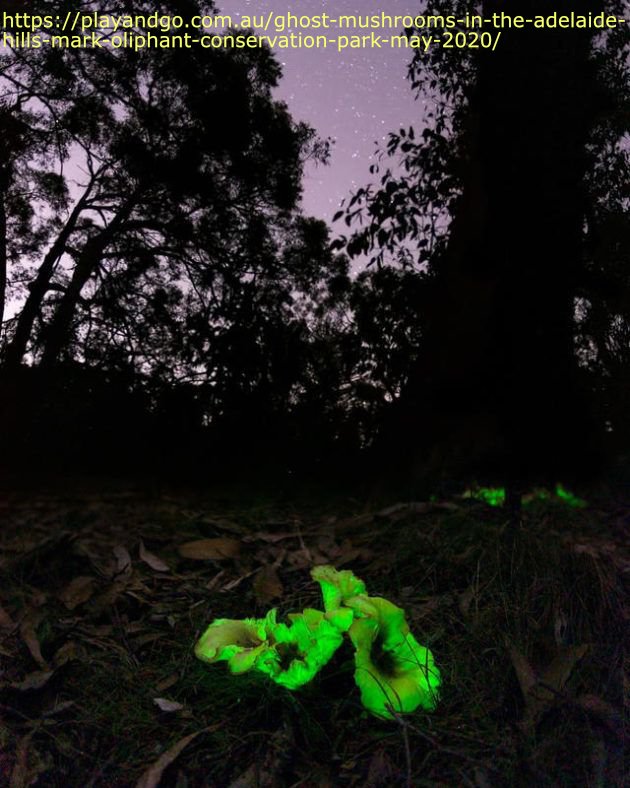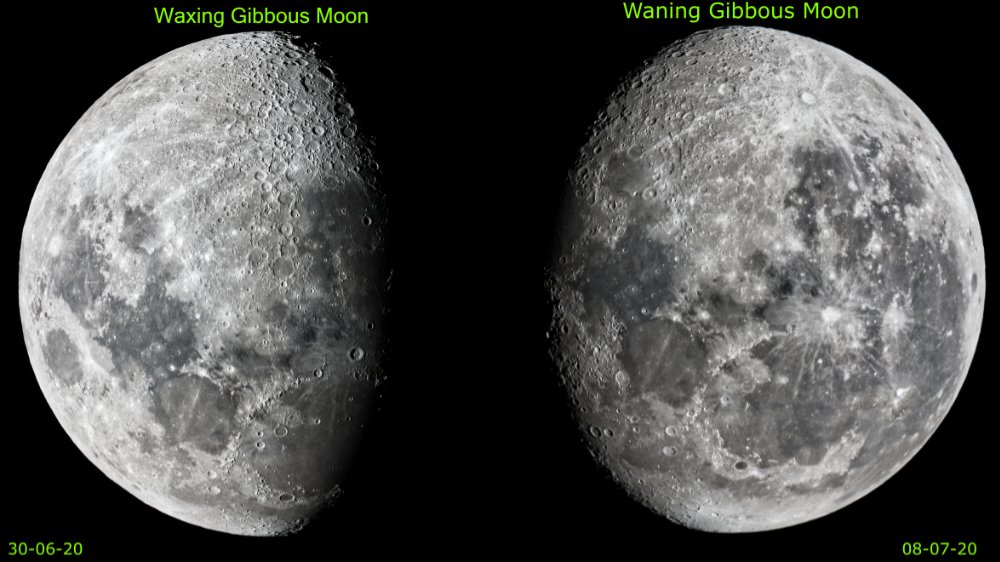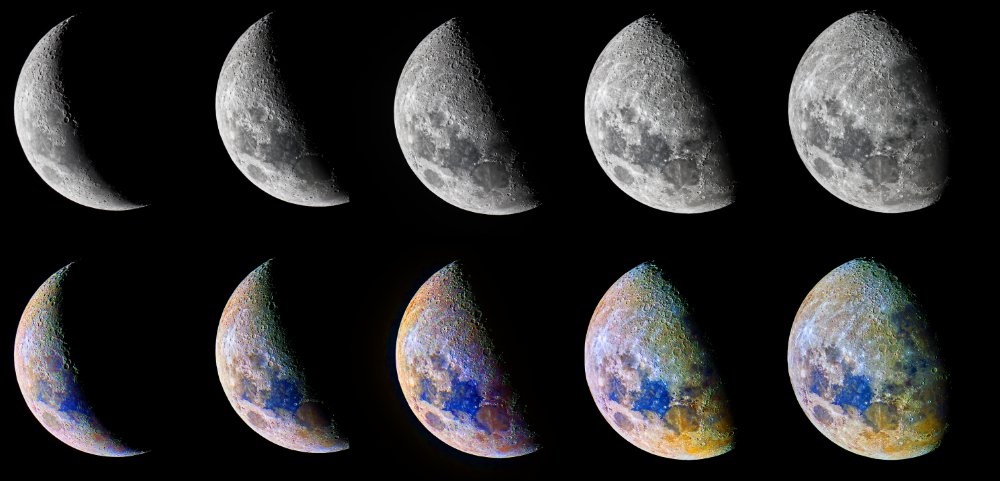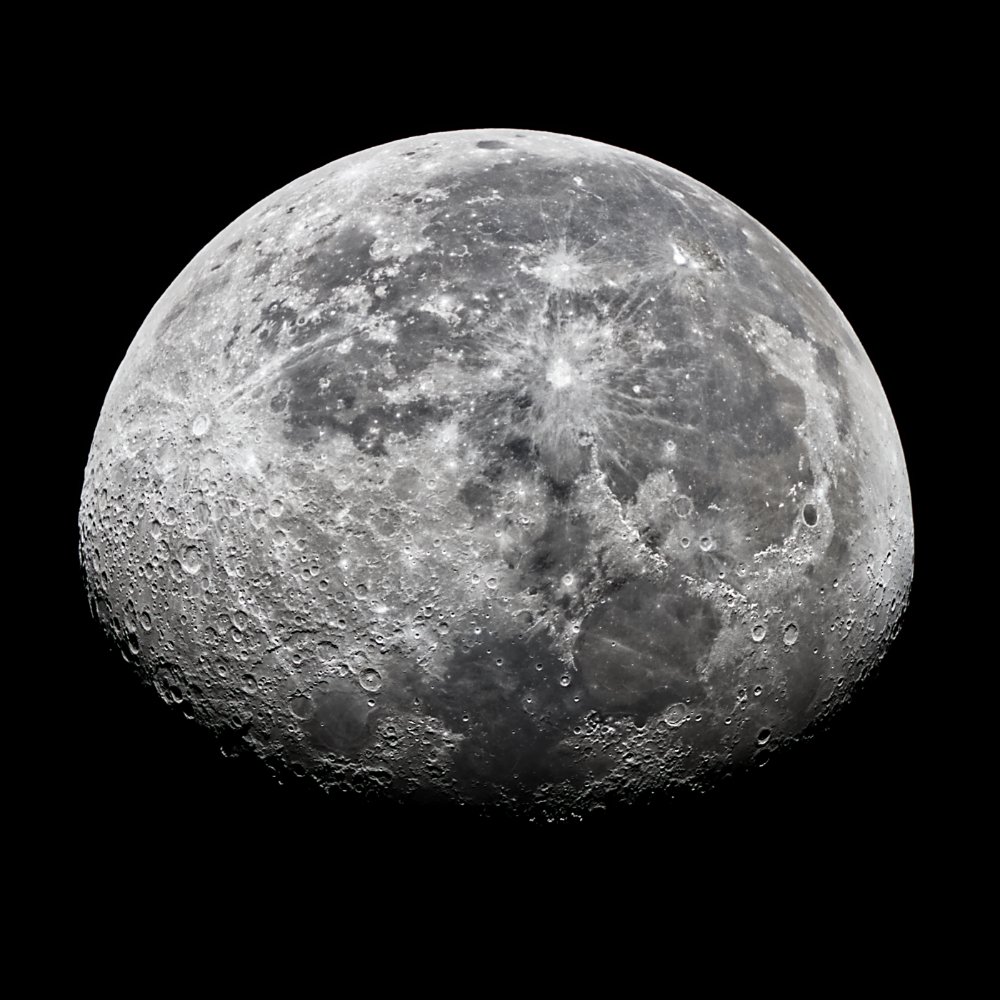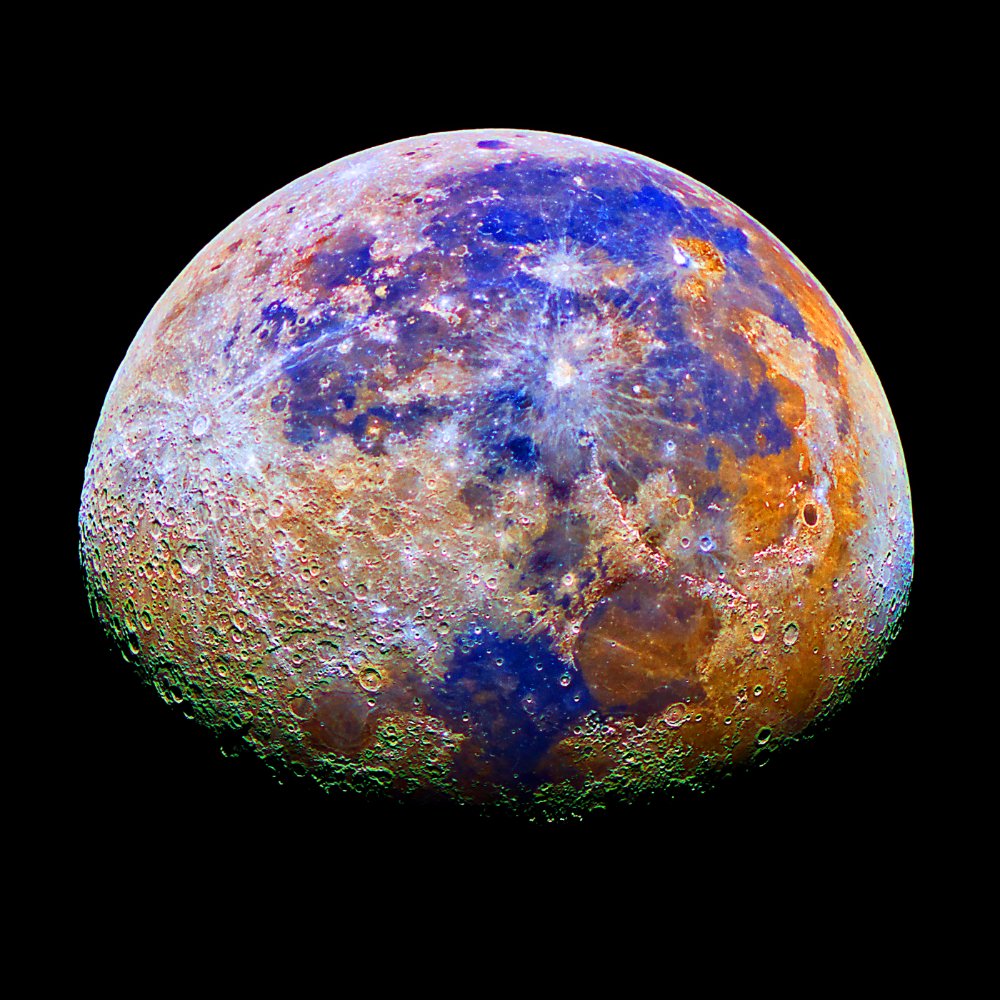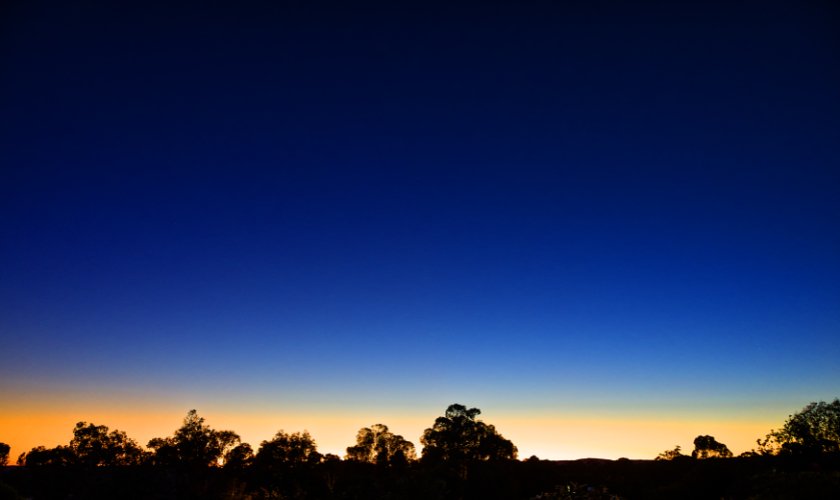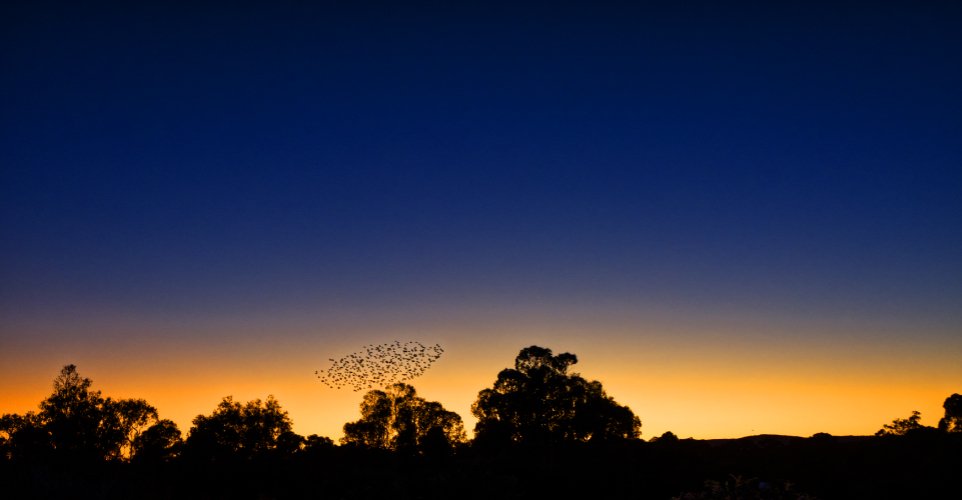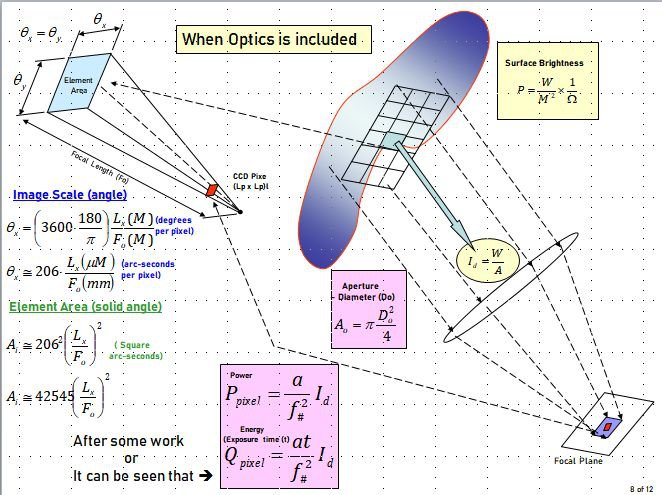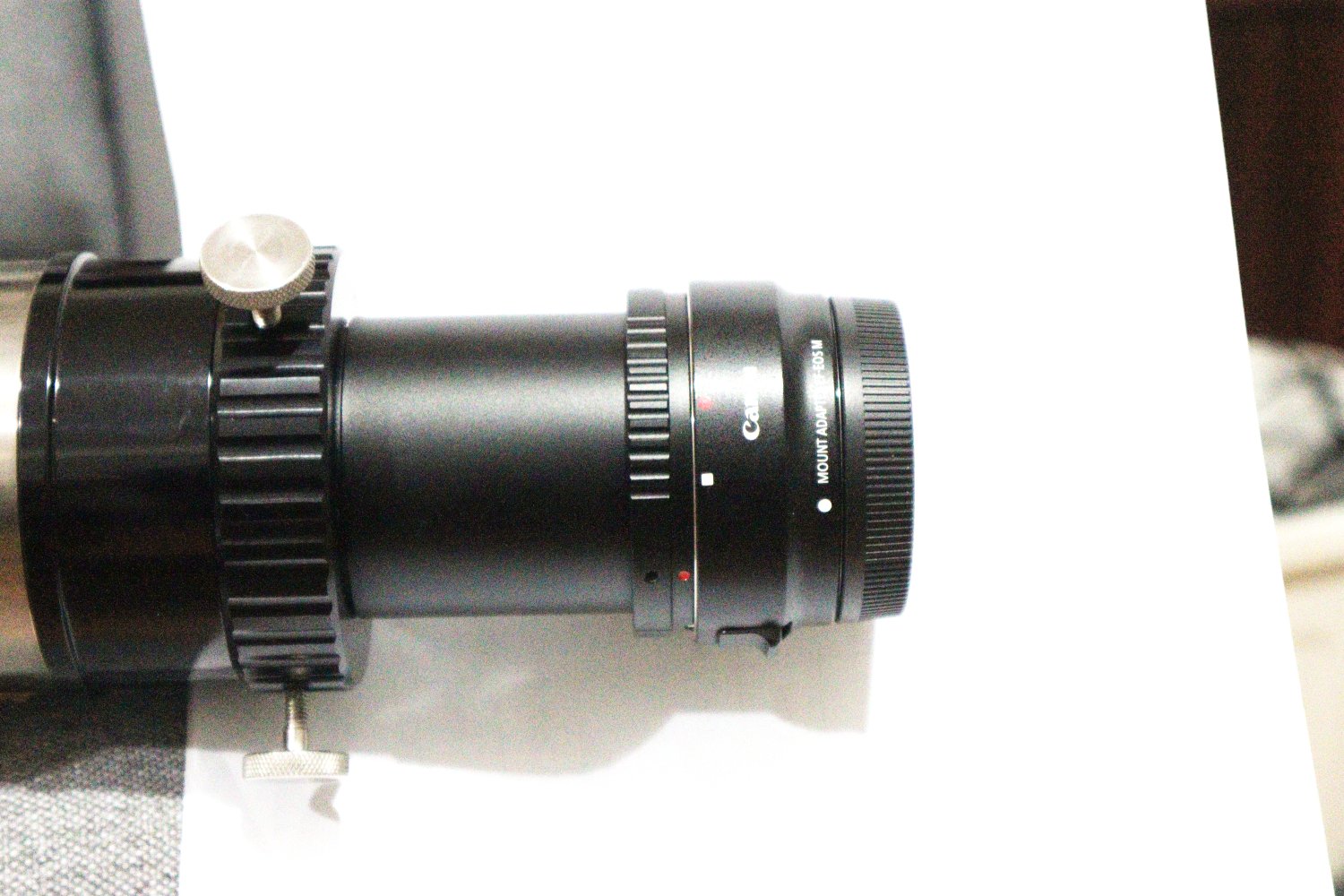
Jeremy_Waller
Members-
Posts
43 -
Joined
-
Last visited
Everything posted by Jeremy_Waller
-
Don't know about using these mushrooms in rituals over here but its the other stuff growing in the forests that seems to excite some peoples imaginations !! Picking Psilocybe subaeruginosa In South Australia For Beginers https://www.shroomery.org/forums/showflat.php/Number/16372290 I was told by my neighbor if the forest rangers caught one picking the above one gets booted out of the park/forest ASAP. Re: I'm not sure what you're asking here. Well, making another picture like your original but this time using a glow in the dark mushroom. Jeremy.
-
Nice. Looks surreal.
-
I knew that these mushrooms were here. Please see: http://theedibleroad.com/adelaide-hills-wild-mushroom-picking/ From the above site : Amanita muscaria, the Fly Agaric. Fairly poisonous and yet hallucinogenic – apparently it’s a ‘rough trip’ My neighbour (who happens to be a Welshman)and I will be searching for them - we'll keep you posted. Jeremy. PS : Can you do anything with the picture of a glowing mushroom? https://playandgo.com.au/ghost-mushrooms-in-the-adelaide-hills-mark-oliphant-conservation-park-may-2020/
-
Nice picture. I think those spotted mushrooms grow here in the pine forests. I'll search for one and see if I can get a picture. Jeremy.
-
affinity photo Waxing and Waning moons
Jeremy_Waller replied to Jeremy_Waller's topic in Share your work
Alfred and BarKeegan Thank you for your responses. Why are these images clear ? There are no high altitude aircraft flying around. Conditions here are the clearest they have been for a long time. Brilliant! Wait until you see what Mr. Musks "millions of satellites" (https://en.wikipedia.org/wiki/Starlink) do to the night skies. Jeremy. -
Greetings Readers, I have been photographing the moon to obtain ultimately 8 pictures depicting 8 phases. Presented today is my latest image: The Waning Gibbous Moon. This Waning Gibbous Moon appears opposite to the Waxing Gibbous Moon and both these moon images are displayed in this composite image. The second image shows these moon images as obtained from the camera raw files. Notice that the waxing moon is appreciably larger than the waning moon and this is because the moon is now further away away by 30,526km ! Tomorrow (10-07-20) will be the best time to obtain an image of the waning gibbous moon BUT it will be raining and the moon wil be away by a further 5000km. Well one cannot win them all. Jeremy.
-
affinity photo HDR testing the power of APhoto
Jeremy_Waller replied to alians98@wp.pl's topic in Share your work
Google translation : ... testing the power of program capabilities obtained, among others, without compressing processed files. HDR from one photo I chose a dramatic offer. Road to the Museum of the Nazi Concentration Camp in Lublin. Screen from the AFFINITY PHOTO work panel. 4022 x 6024px, 24.23MP, RGB / 32 (HDR) -sRGB IEC61966-2.1 (linear) Canon EOS M100. Testing the power of program capabilities, we obtained, among others no compression of processed files. ... Interesting picture. 1.How many pictures did you stack ? and 2. What exposures did you use ? The tree trunk looks too dark for my liking. Use exposure bracketing. Try 3 exposures -1 ev, 0ev and +1 ev. Tip : Use a tripod. BTW Nice camera. Jeremy -
Nearly reached for the insect spray while looking at your picture of the Weevil.
-
Greetings firstdefence, Re: I would have thought the application of clarity in Develop Persona is a matter of quality I think you're right. I have noticed when I apply the clarity filter at 100% (for these moon images) the clipping alarm shows that some small areas are over exposed so I have to reduce the exposure so that no part of the image is over exposed. The final image will be of higher quality when one jointly adjust the exposure and clarity before development. Re: whereas applying clarity on the tiff file using a live filter gives the flexibility of repeated adjustments in a non destructive way. Yes. This is true. I like using the adjustment layers and the live filter layers as they me be brought into service as required. Classic destructive / non-discructive processing dichotomy. Given your description of the process using a quality argument I will proceed with using the Clarity filter pre-development and adjusting the exposure pre-development. Many thanks for your reply, Jeremy.
-
Greetings Readers, In collecting moon pictures to make a composite picture we received 5 very clear days and nights. On each night I took a picture of the moon and processed the images in Affinity Photo. These images show the waxing (getting brighter) moon on 5 consecutive evenings. The first (waxing crescent moon), third(first quarter moon) and fifth(waxing gibbous moon) seem good enough to include in my final composite picture. The top sequence contain the original images and the colour saturated version is the bottom sequence. Jeremy
-
affinity photo Loving Affinity Photo
Jeremy_Waller replied to Chocolate Hobnob's topic in Share your work
Very nice C H. You have separated the subject from the background very well. Now tell us about the gear you used. Jeremy. -
Greetings Readers, 1. I am getting serious about processing my moon images for a photo competition and to this end I need to process my RAW (CR3) images and convert these RAW images to *.tiff files for further processing. 2. The RAW processor in Affinity Photo (AF) allows some " Basic Adjustments" of the RAW images prior to the development process. The developed files may be processed further. 3. The AF RAW processor allows for the use of a clarity filter, among many basic adjustments, prior to development. An exported *.tiff file may also have a clarity filter applied to this developed file. Questions: Does it make any difference as to where this clarity filter is applied ? Is there a difference between pre-development application of the clarity filter and post development application of the clarity filter ? Many thanks in advance, Jeremy.
-
I am neither an artist nor an expert BUT Other than that mop of hair that face looks inhuman it is too symmetric - human faces are not symmetric and the eyes seem to look in different directions. My two bobs worth, Jeremy.
-
I think that this second picture is better. That water drop is well done. The sunlight focused through the water drop is a nice effect. BTW that M6 Mk2 camera is an excellent choice - I replaced my old 5D with one of these. The focus peaking feature when in manual focusing mode is very good. Jeremy.
-
affinity photo Waning Gibbous Moon and the Cloudless Sky
Jeremy_Waller replied to Jeremy_Waller's topic in Share your work
Greetings Firstdefence, These images were taken from the patio of our house at Sandy Creek, South Australia. The rear of the house faces the East and the sky conditions here are very, very clear. The camera used is a Canon M6 Mk2 - excellent camera, even if I say so myself ! The lens for the moon images is an Astrophysics refracting telescope - 130mm diameter / F6.2 ie 820mm focal length and the wide angle pictures were taken with the same camera with a kit lens attached - 15 - 45mm. Regards, Jeremy. -
affinity photo Waning Gibbous Moon and the Cloudless Sky
Jeremy_Waller posted a topic in Share your work
Greetings Viewers, I have been taking pictures of the phases of the moon for a photo competition. I need to get 8 good pictures of the different phases of the moon. Early this morning at 05:20 I took some photographs of the Waning Gibbous moon. The two pictures are: 1. The original colour (looks B&W) image. and 2. The colour saturated image (looks good enough for the comp.) To give you an idea of the condition of the sky I took a picture of the sky looking to the north-east. The morning was a cold morning with frost on the ground and totally cloudless and very transparent. The joy of having high altitude aircraft grounded for the last month or so. The colour saturation was increased to show the bands of scattered light. As the dawn progressed to sunrise the "normal" flock of white cockatoos (about 300 - 400 birds) made their way to their morning roost to join with another (approx 1000 birds) then to take off for the days' foraging for seeds and roots etc. Next moon session is on Saturday - heavy rain predicted. Jeremy. -
Lovely - to me this stuff does look professional. Re: I make transit diagrams and maps for fun. I have always been interested in what motivates people. Please tell us what what motivates you to " make transit diagrams and maps for fun " Amazing. Please look at the work of Harry Beck and the London Underground. Jeremy.
- 9 replies
-
- transit diagram
- trolleybus
-
(and 4 more)
Tagged with:
-
Handheld macro? Excellent. Even more so if you did not have electronic stabilization. Jeremy.
-
affinity designer images in a scientific paper
Jeremy_Waller replied to lsilva.m's topic in Share your work
Perhaps you may want to look at some of the text and citations: https://www.semanticscholar.org/paper/An-adaptive-coherence-filter-Waller-Brushe/2fd587353c4a8993e2901493f35d38174ecc16f5?citingPapersSort=relevance&citingPapersLimit=10&citingPapersOffset=0&year%5B0%5D=&year%5B1%5D=&citedPapersSort=relevance&citedPapersLimit=10&citedPapersOffset=10 -
affinity designer images in a scientific paper
Jeremy_Waller replied to lsilva.m's topic in Share your work
https://www.sciencedirect.com/science/article/abs/pii/S1051200405000540 -
affinity designer images in a scientific paper
Jeremy_Waller replied to lsilva.m's topic in Share your work
Years ago I published in the Elsevier journal. Good luck in your drawings. -
affinity designer images in a scientific paper
Jeremy_Waller replied to lsilva.m's topic in Share your work
This is the sought of stuff that may be done in MS Powerpoint. Attached is a *.jpg image of a slide that I made for a presentation. Images like this may be inserted in your publication. Jeremy. -
affinity designer images in a scientific paper
Jeremy_Waller replied to lsilva.m's topic in Share your work
1. Drawings like this are better done in MS Powerpoint. Most journals would use a type setting language like Latex. The format is provided by the journal staff. Really? Which journals ? Nature, BMA, IEEE, Science Direct ... etc Rgds, Jeremy. -
affinity designer images in a scientific paper
Jeremy_Waller replied to lsilva.m's topic in Share your work
Interesting Figure. 1. You seem to have two (2) figures (upper A and lower B) . Even though the ellipse "CBP/p300" belongs to A it appears to hang in space ! A is referred to as follows : A: Schematic representation of CITED2, hypoxia-inducible factor (HIF)-1α and CBP/p300. And B is referred to as follows: B: Model for CITED2, HIF-1α and CBP/p300 in hypoxia-responsive gene regulation. Perhaps these should be Figures 1.a and I.b Difference between Schematic and Model ... ? 2. For a professional publication the Figure 1 could be better: The boxes in A have the writing on the outside where as the boxes in B have the writing on the inside. As the shapes have been filled the writing with in should be of higher contrast. Diagram A is confusing in that the three lines all have an input " N" and an Output " C" . The inputs to the " Competition function " come from the CR2 output and the N-TAD ... I believe that this could be drawn more professionally. That's my two bobs worth. Jeremy. -
Greetings Malayali, 1. Curious to know, how do you connect a camera to a telescope? Please see the attached photo. There are three adapters visible, from the left (telescope focuser): 1.1. There is a spacer that increases the back focus length. 1.2. Connected to this spacer is a " Wide T-Mount". This mount ends in a Canon fit EF mount so that one may connect a DSLR to the telescope. This mount also allows for the use of larger sensors. 1.3. At the RH end is an adapter that connects my M6 camera back to the EF mount. I use this adapter to connect my EF lenses to the M6 back. 2. Is the quality of photos taken using this setup and super-zoom camera comparable? A Detailed answer to this question would be very long. Here is a short answer: Camera lenses are designed for a different purpose than lenses for a telescope. My experience is only with glass made by Takahashi inc. and Astrophysics inc. Telescope optics are brilliantly corrected and provide a high resolution instrument par excellence. So given similar conditions these telescope lenses will provide far superior images to those taken by camera lenses. An example. I have an "excellent" Canon 85mm F1.2 lens. This lens is brilliant for controlling background blur and separating your subject from the background. It is amazing for taking photos in low light BUT as a lens for taking pictures of the night sky it is woeful. A simple 30s picture of the night sky (you need exceedingly dark skies to use this lens in " astro " service) reveals stars with more chromatic aberration and colour than a cheap refractor !! I hope this is not long winded. Some buzz phrases for your research: " Strehl Ratio " and " Diffraction Limited Optics " Regards, Jeremy.


